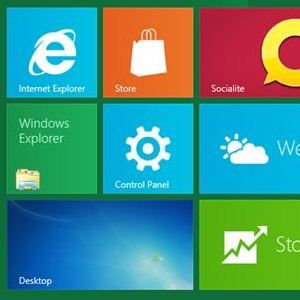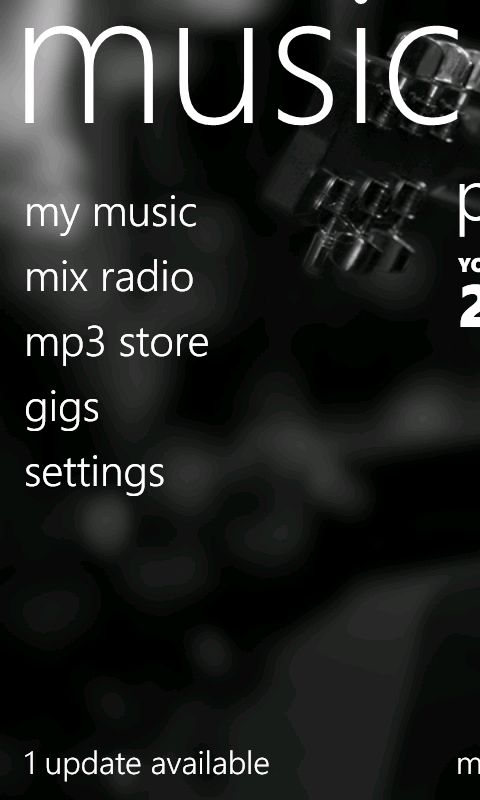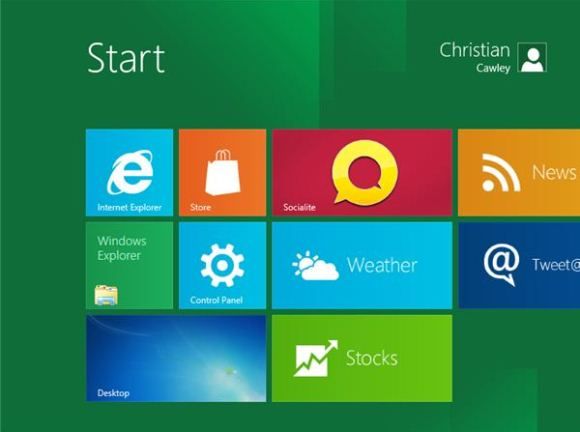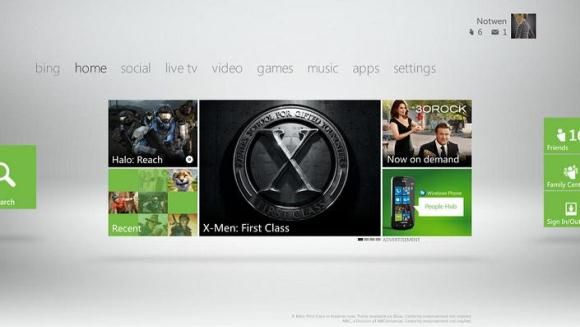With the introduction of the Windows Phone platform in 2010, Microsoft unveiled the Metro user interface, designed to make accessing information quick and easy. Rather than litter their new mobile platform with endless rows of icons, Microsoft’s tile-based interface proved that there was another way to make mobile phones functional.
Such has been the critical acclaim for this user interface that Microsoft has since opted to roll out Metro across its other consumer products. First was its introduction on the Xbox 360 and later this year it will play a big part in Microsoft’s story as a key element of the Windows 8 operating system. But is this the best use for the UI? Surely a mobile phone user interface should stay on such a device? After all, don’t computer users want to be able use their mouse and keyboard and quickly launch their chosen apps rather than scroll through tiles?
What Is Metro? Microsoft’s Signature UI Explained
From a personal point of view, I’m a big fan of Metro on the Windows Phone. It is fast, slick, functional and logical and it has been instrumental in turning Microsoft’s mobile fortunes around. Additionally it has provided the mobile industry as a whole, a much-needed kick in the rear to pull it out of the mire of iOS cloning into which it was readily sinking.
A design language established initially for use with Windows Phone, Metro features the uniform use of the Segoe WP typeface, tiles and a general grouping of similar functions and features under a single tile. For instance, Twitter, Facebook and LinkedIn are grouped with contacts under the People Hub on Windows Phone devices. The tile-based Start screen interface on a Windows Phone can be adjusted to suit your preferences, with users typically placing their most-used apps and hubs at the top.
Additionally the fresh approach to presenting information, available by scrolling left and right, enables app designers plenty of space with which to present menus and options and discards the need for a dedicated menu button. All in all, Metro works well on Windows Phone and you can see why Microsoft is so enthralled by it. But is it suitable as a "signature user interface"?
Success On One Platform Does Not Guarantee Success On Another
The beta release of Windows 8 demonstrated how the Metro UI had been redeveloped for use on larger devices, specifically tablets. While Microsoft’s focus in this area is admirable – after all, they started the tablet computer market, yet thanks to Apple's iPad find themselves several years behind – it can be argued that most Windows 8 users don’t want or need a finger-friendly user interface.
After all, Metro is intended for use by fingers rather than a mouse and keyboard. While it might be an ideal UI for the rumoured ARM-based Windows 8 tablets, the presence of Metro as a key element of Windows 8 for desktops and high-end tablets is puzzling.
While it is possible to navigate around the tile-based Start menu in Windows 8 with a mouse and keyboard, it is a little unwieldy, much like playing a piano while wearing gloves. There is also the matter of just how important using a touch-focused user interface is to the standard user.
As things stand, Windows 7 is a perfectly good operating system that is enjoying strong user take-up and has a good reputation, particularly among corporate users. Conversely Windows 8 is being designed specifically for business users and yet there seems to be a gap between what users want from a UI and what Microsoft is planning to offer in 2012.
Although there is the ability to switch to a version of the traditional desktop view in Windows 8 – ideal for legacy and office applications – office-based users are likely to discard Metro entirely, reducing it to little more than an overlay UI. Overlays were great for Microsoft 3-4 years ago when they needed to extend the life of Windows Mobile, but we really should have moved away from that era.
Too Much Metro Too Soon?
Why does Microsoft want to replace Windows 7 so soon? More importantly, why is it pushing Metro as a user interface so heavily?
Some might argue that Microsoft’s reputation has improved in recent years and that Metro is an embodiment of this change. While their great rival Apple has grown into a monolithic retirement fund for lawyers, Microsoft has been embracing user communities, for instance helping them to set up ways of legally unlocking its new phones.
This positive pull is mirrored in the clear typography and ease of use found in Metro, but to spread the UI across all of Microsoft’s consumer platforms is potentially dangerous. Windows 8 could founder based on its very presence; so soon after the Vista debacle this is something that Microsoft could well do without.
Image Credit: Wikimedia




